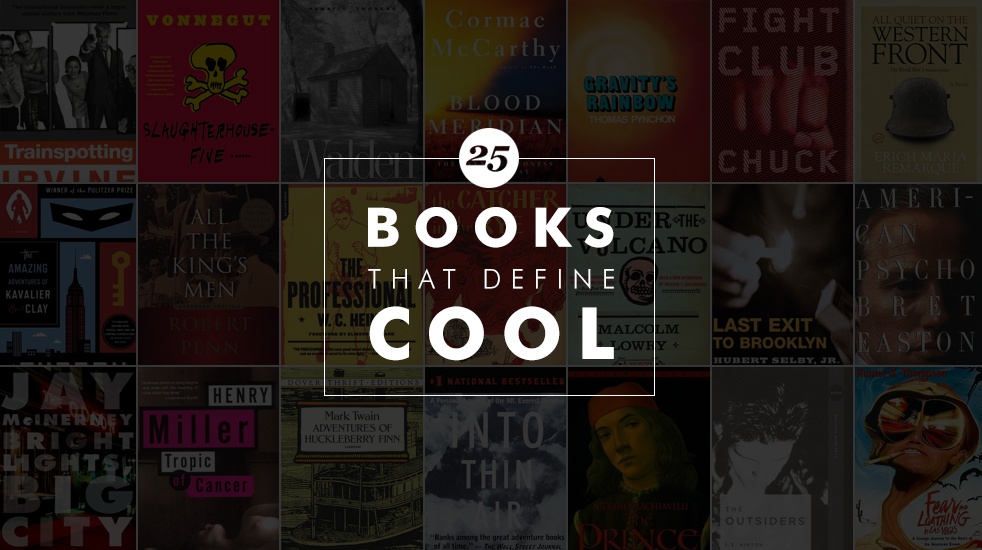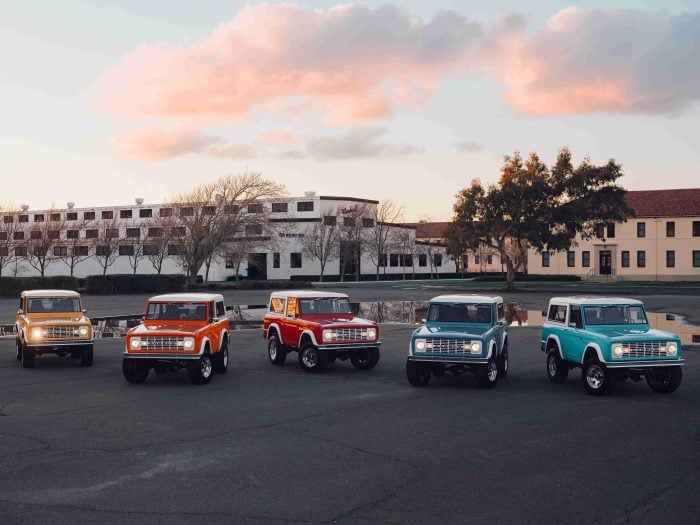Let’s abandon the childish notion that reading isn’t cool. We’re grown men here and reading happens to be one of the many ways we enjoy spending a bit of our free time. Of course, sitting down with just any book doesn’t always make for a great experience. We want to read something with wit, masculinity, and a pervading sense of effortless cool. Here are 25 books that fit that description perfectly.
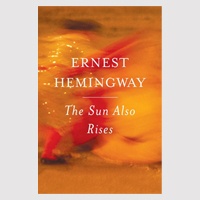
1. The Sun Also Rises (Ernest Hemingway)
This list could easily include just about everything Papa Hemingway wrote. His terse style and penchant for booze are common throughout his catalog. If we were to pick one, however, we’re going with The Sun Also Rises. His first novel includes bullfighting, fishing, and drinking, but is really about love, desire, and masculinity. (Link)
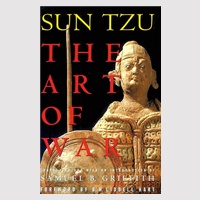
2. The Art of War (Sun Tzu)
Written over 2,500 years ago, The Art of War is still as important today as it was for warriors back then. The first real work on military strategy, The Art of War is a study in knowing yourself, knowing what you’re up against, and applying some brain to a clash of brawn. Today, its applications extend far beyond the battlefield as required reading for businessmen and modern intellectuals. (Link)
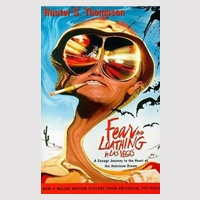
3. Fear and Loathing in Las Vegas (Hunter S. Thompson)
Honestly, you could put just about every book from the good doctor on this list – Hell’s Angels and The Rum Diary come to mind – but if you had to pick one, you have to go with Fear and Loathing in Las Vegas and all its drug-fueled insanity. If you’ve never read it, the opening sentence should give you a good idea of what you’re in for: “We were somewhere around Barstow on the edge of the desert when the drugs began to take hold.” Long live Gonzo journalism. (Link)
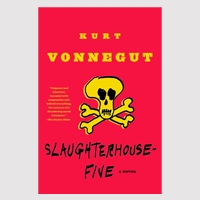
4. Slaughterhouse-Five (Kurt Vonnegut)
There have been many war books released in the last few years and many are very, very good, some even make a strong antiwar case without just putting the idea out there (see: Billy Lynn’s Long Halftime Walk), but none of these can do what Slaughterhouse-Five did. Vonnegut accomplished something so bizarrely amazing, he wrote a book that is light-hearted and easy to read yet incredibly poignant and dark. (Link)
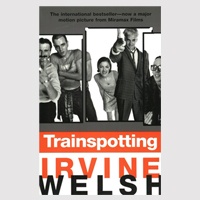
5. Trainspotting (Irvine Welsh)
You’ve probably seen the movie, but have you read the book it was based on? It’s one of the rare cases where both are fantastic. Welsh’s writing will take a little getting used to, and you’ll probably be speaking with an accent inside your head, but once you get the hang of it, you’re off on a grittier ride than even the film could provide. (Link)

6. Walden (Henry David Thoreau)
With the outdoorsman renaissance happening as we speak, it is nice to look back at one of the books that probably started it. Walden isn’t the bore you read back in middle school, it takes time to appreciate like a nice bottle of red. Thoreau’s masterpiece tackles so much while quietly nudging your brain into activity. It also makes you want to build a cabin. (Link)
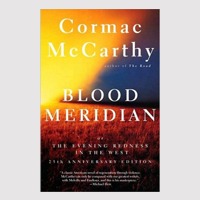
7. Blood Meridian (Cormac McCarthy)
Blood Meridian paints an image of brutality that no film could match. While McCarthy has plenty of worthy candidates for this list (see: The Road and No Country for Old Men), we still believe Blood Meridian to be his finest work. The story focuses on a group of bounty hunters and The Kid, a rebelious teen who joins the group, as they hunt down Indians. While that’s the story, the real focus of McCarthy’s work is violence and that little seed of evil in all of us. (Link)
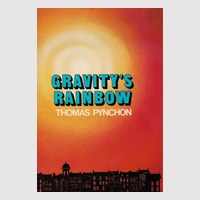
8. Gravity’s Rainbow (Thomas Pynchon)
With the exception of The Sound and the Fury, there may be no other book that is so universally loved or hated as much as Gravity’s Rainbow. The book almost defies definition. It’s like a bizarre trip. Read it for the language and imagery, the overwhelming sense of paranoia and death, and if you don’t have any LSD lying around. (Link)
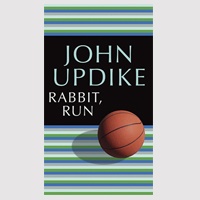
9. Rabbit, Run (John Updike)
The greatest mid-life crisis novel of all time doesn’t actually deal with a mid-life crisis at all. Harry “Rabbit” Angstrom is 26 when he decides to leave his wife and son for a new life. Of course, what that new life is, and what exactly he wants out of it isn’t clear to the reader or to Rabbit himself. It will strike a cord with all men who struggle with the idea of settling down. (Link)
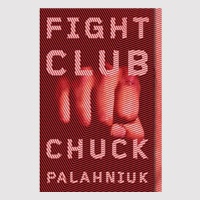
10. Fight Club (Chuck Palahniuk)
Chuck Palahniuk didn’t calmly stroll onto the literary scene, he kicked the damn door down. Fight Club was his first and most widely-known work. Even if you’ve seen the movie, which you probably have, you’re doing yourself a disservice by not reading the book. One of the movies that define cool also happens to be one of the books that does as well. The novel is so original, so thought-provoking, and so maddeningly brilliant, it will make you want to get copies of Survivor, Choke, and Palahniuk’s other works. (Link)
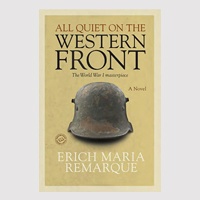
11. All Quiet on the Western Front (Erich Maria Remarque)
If All Quiet on the Western Front didn’t have the ability to stop war from happening, no book will. The author drew from his experiences in WWI and put together one of the most well-known war books of all time. The story is of a fresh-faced German soldier encountering the trials and tribulations of training and the horrors of battle. The totality of the soldier’s experience is captured without the author turning a blind eye. (Link)
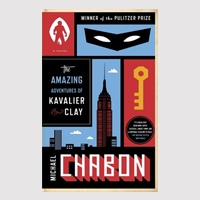
12. The Amazing Adventures of Kavalier & Clay (Michael Chabon)
The Amazing Adventures of Kavalier & Clay appeals to the child in all of us who wants nothing more than to be a real-life superhero. It’s cool, because, no matter how macho or seemingly tough, every guy has wanted to escape at some point. Oh, also because it is brilliant. (Link)
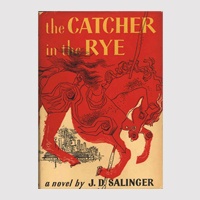
13. The Catcher in the Rye (J.D. Salinger)
Yes, it’s a cliche pick, but The Catcher in the Rye has to be on this list. Roll your eyes at it because you think you’re too cool and it’s too mainstream, but The Catcher in the Rye is the quintessential “cool” book. Teenage rebellion at its finest. (Link)
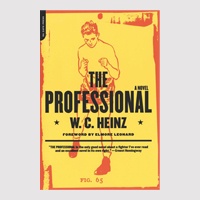
14. The Professional (W.C. Heinz)
Any book that can claim Hemingway as a fan, is worth checking out if you ask us. The Professional is about boxing, but it’s really about what separates pros from impostors and about caring for a craft. The story creeps along, and in that slow, meticulous pace is its brilliance and its power. (Link)

15. All the King’s Men (Robert Penn Warren)
An all-time classic filled with the muck of politics and of life. Loosely based on the story of Huey Long (former governor of Louisiana), All the King’s Men is not only written poetically, but it also happens to be gripping and difficult to put down. The story twists and turns while never losing steam. We suspect a copy is on Frank Underwood’s shelf. (Link)
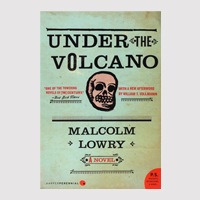
16. Under the Volcano (Malcolm Lowry)
The backdrop: The Day of the Dead. The subject: An alcoholic on the brink of destruction. Under the Volcano is about the struggle every man faces against the beasts that ensnarl him. (Link)
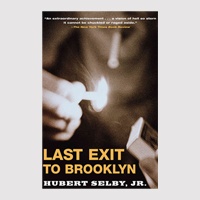
17. Last Exit to Brooklyn (Hubert Selby)
The cool of Last Exit to Brooklyn lies in its rawness and realness. It lifts a veil that it refuses to drop. The book takes you inside the seedy underbelly of an American city and pulls you along for the ride even when you want to turn back. Welcome to urban hell. (Link)
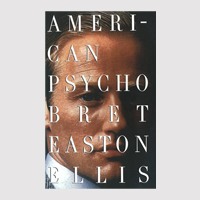
18. American Psycho (Bret Easton Ellis)
Graphic violence and humor aren’t often a combination for success, but Bret Easton Ellis weaves the two perfectly. Patrick Bateman, a wealthy and good-looking New Yorker, spends his evenings plotting death and murdering associates. It engages themes like it was a slick, modern work of Dostoyevsky. (Link)
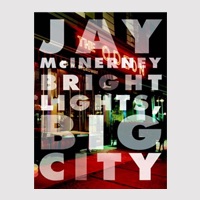
19. Bright Lights, Big City (Jay McInerney)
Few books capture the feel of New York like Bright Lights, Big City. It somehow delivers that vastness of being in the city when you’re young and struggling. Oh, and it has plenty of drugs. (Link)

20. Tropic of Cancer (Henry Miller)
It was porn before porn was porn. Any book that was banned for decades has a certain cool allure to it, and while Tropic of Cancer could have been obscene at the time, it is actually just shockingly honest. It was truly ahead of its time. (Link)
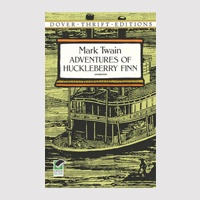
21. The Adventures of Huckleberry Finn (Mark Twain)
The first great American novel made young men want to pull out a pocket knife and find adventure outside of a television screen. Among the social issues it tackles, is a story about adventure and growing up. (Link)
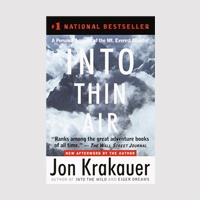
22. Into Thin Air (Jon Krakauer)
If you’re familiar with Krakauer only through the movie adaption of Into the Wild, you really need to read this book. It’s a first-hand account of a deadly trek up Mount Everest. It’s a gripping narrative that showcases the sheer brutality of survival. Man versus mountain, though man doesn’t always win. (Link)
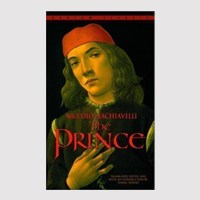
23. The Prince (Niccolo Machiavelli)
Because few things are as inherently cool as power. It’s the leadership book before there was a dearth of business writers filling the shelves at Barnes & Noble. If you want brutal honesty about what it takes to be a successful leader or a political powerhouse, The Prince still holds up today. (Link)
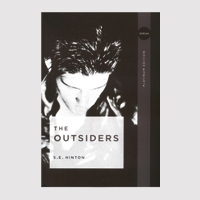
24. The Outsiders (S.E. Hinton)
The Outsiders is timeless. Replace greasers and socs with modern cliques and gangs and the feelings still ring true. The author was only 16 when she wrote it, so the emotions come off truer than those of someone looking back on their teenage angst. Just because it was required reading in middle school doesn’t mean it isn’t cool. (Link)
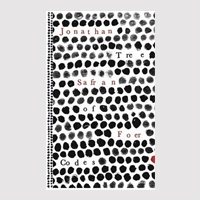
25. Tree of Codes (Jonathan Safran Foer)
There is something cool about doing your own thing, and with Tree of Codes, Jonathan Safran Foer has done just that. While Everything is Illuminated and Extremely Loud and Incredibly Close are both masterful works that have a sense of uniqueness to them, they don’t come close to what the author did in Tree of Codes. He takes his favorite book, The Street of Crocodiles by Bruno Schulz, and cuts out lines, words, and pages to create his own unique narrative with what is left behind. It’s both book and art. (Link)

